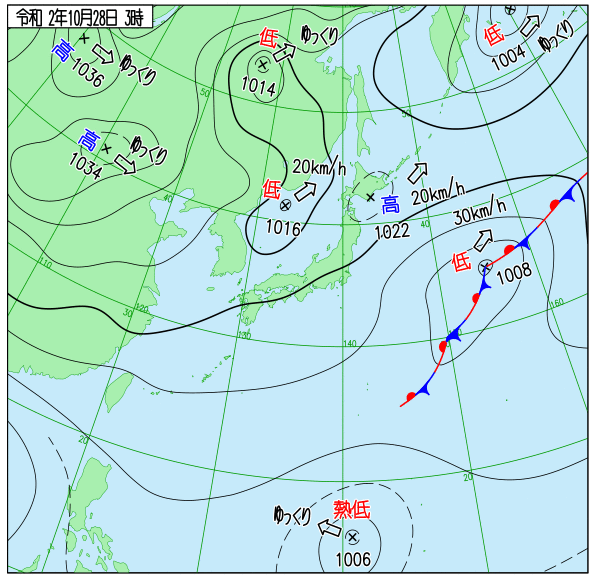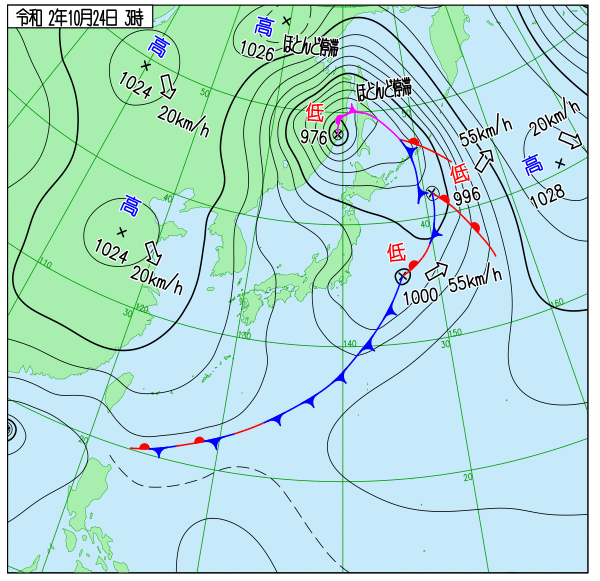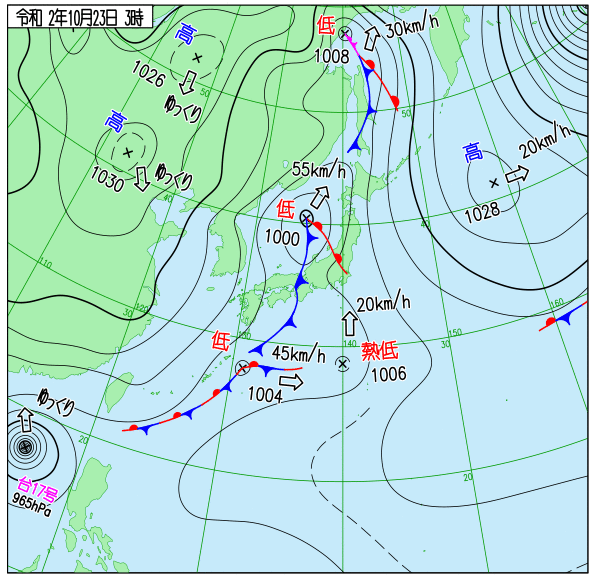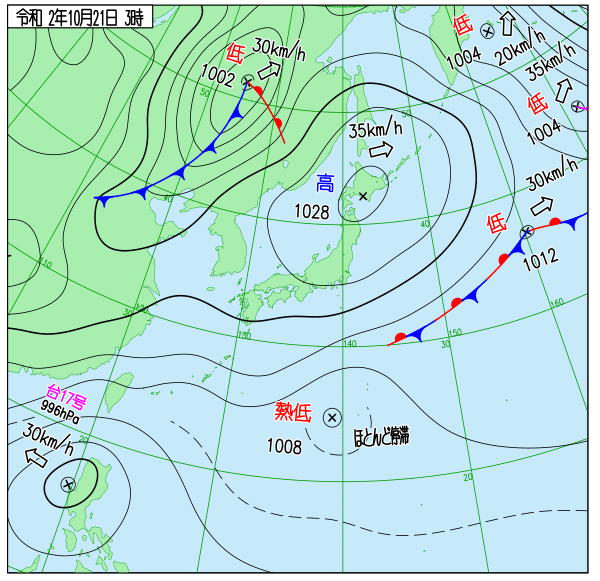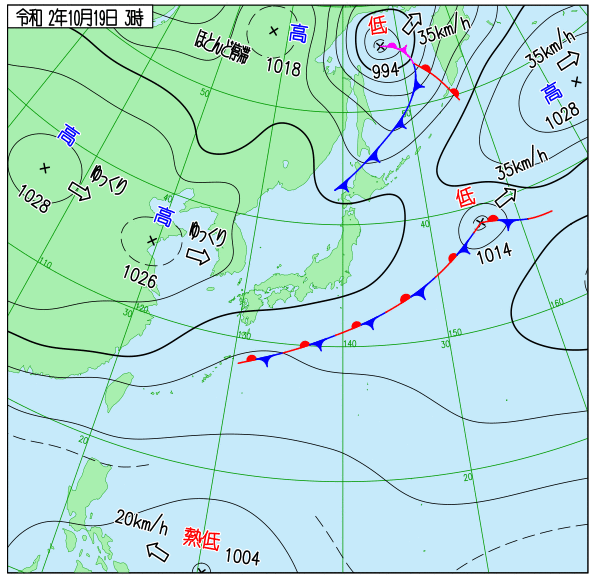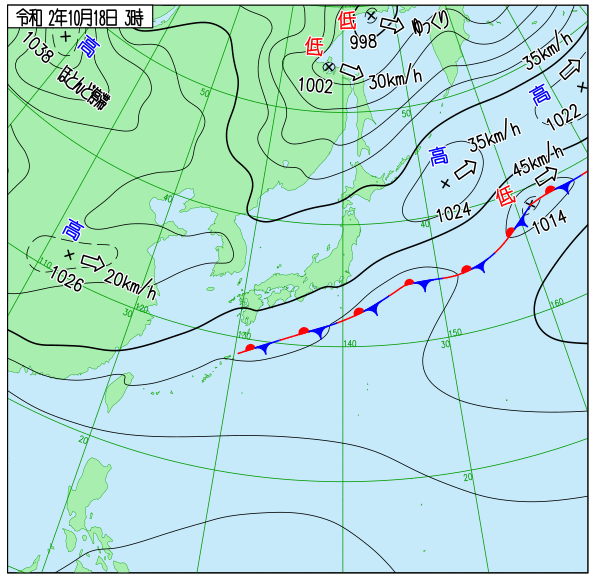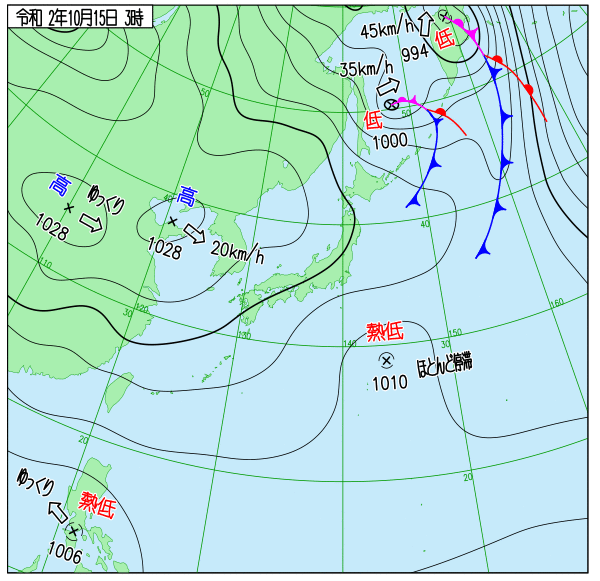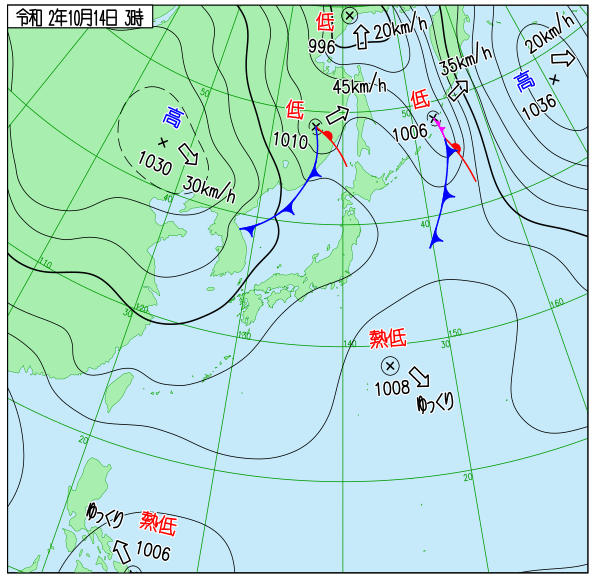とりあえずトップにあるindex.phpを開いてみると、WordPressのテーマを使う変数宣言が合って、実処理はwp-blog-header.phpにあるようだ。
<?phpで始まるのにタグを閉じないで終わるのはそうゆうもんなのか?
<?php
/**
* Front to the WordPress application. This file doesn't do anything, but loads
* wp-blog-header.php which does and tells WordPress to load the theme.
*
* @package WordPress
*/
/**
* Tells WordPress to load the WordPress theme and output it.
*
* @var bool
*/
define( 'WP_USE_THEMES', true );
/** Loads the WordPress Environment and Template */
require __DIR__ . '/wp-blog-header.php';
では次にwp-blog-header.phpを見てみる。
wp_did_headerが設定されていなければ、wp_did_headerをtrueにしてwp-load.phpを一回だけ読み込むようだ。そんでwp()関数を呼んで、template-loader.phpを読み込む。
<?php
/**
* Loads the WordPress environment and template.
*
* @package WordPress
*/
if ( ! isset( $wp_did_header ) ) {
$wp_did_header = true;
// Load the WordPress library.
require_once __DIR__ . '/wp-load.php';
// Set up the WordPress query.
wp();
// Load the theme template.
require_once ABSPATH . WPINC . '/template-loader.php';
}引き続きwp-load.php
まずはABS_PATH変数にカレントディレクトリを設定して、ABS_PATHにwp-config.phpがあるかないか調べてる。なければ初回のインストールが呼ばれるんだろう。カレントディレクトリと親のディレクトリ双方にwp-config.phpがなければwp-includes/load.phpを読み込んで初期化を始めるようだ。load.phpは長いから引用しないけど、function定義が延々並んでるだけのようだ。
file_existsと@file_existsを使い分けてるのは、通常ルートの負荷を下げるためか。
で、wp-config.phpがあれば実処理が始まるわけか。
<?php
/**
* Bootstrap file for setting the ABSPATH constant
* and loading the wp-config.php file. The wp-config.php
* file will then load the wp-settings.php file, which
* will then set up the WordPress environment.
*
* If the wp-config.php file is not found then an error
* will be displayed asking the visitor to set up the
* wp-config.php file.
*
* Will also search for wp-config.php in WordPress' parent
* directory to allow the WordPress directory to remain
* untouched.
*
* @package WordPress
*/
/** Define ABSPATH as this file's directory */
if ( ! defined( 'ABSPATH' ) ) {
define( 'ABSPATH', __DIR__ . '/' );
}
error_reporting( E_CORE_ERROR | E_CORE_WARNING | E_COMPILE_ERROR | E_ERROR | E_WARNING | E_PARSE | E_USER_ERROR | E_USER_WARNING | E_RECOVERABLE_ERROR );
/*
* If wp-config.php exists in the WordPress root, or if it exists in the root and wp-settings.php
* doesn't, load wp-config.php. The secondary check for wp-settings.php has the added benefit
* of avoiding cases where the current directory is a nested installation, e.g. / is WordPress(a)
* and /blog/ is WordPress(b).
*
* If neither set of conditions is true, initiate loading the setup process.
*/
if ( file_exists( ABSPATH . 'wp-config.php' ) ) {
/** The config file resides in ABSPATH */
require_once ABSPATH . 'wp-config.php';
} elseif ( @file_exists( dirname( ABSPATH ) . '/wp-config.php' ) && ! @file_exists( dirname( ABSPATH ) . '/wp-settings.php' ) ) {
/** The config file resides one level above ABSPATH but is not part of another installation */
require_once dirname( ABSPATH ) . '/wp-config.php';
} else {
// A config file doesn't exist.
define( 'WPINC', 'wp-includes' );
require_once ABSPATH . WPINC . '/load.php';
// Standardize $_SERVER variables across setups.
wp_fix_server_vars();
require_once ABSPATH . WPINC . '/functions.php';
$path = wp_guess_url() . '/wp-admin/setup-config.php';
/*
* We're going to redirect to setup-config.php. While this shouldn't result
* in an infinite loop, that's a silly thing to assume, don't you think? If
* we're traveling in circles, our last-ditch effort is "Need more help?"
*/
if ( false === strpos( $_SERVER['REQUEST_URI'], 'setup-config' ) ) {
header( 'Location: ' . $path );
exit;
}
define( 'WP_CONTENT_DIR', ABSPATH . 'wp-content' );
require_once ABSPATH . WPINC . '/version.php';
wp_check_php_mysql_versions();
wp_load_translations_early();
// Die with an error message
$die = sprintf(
/* translators: %s: wp-config.php */
__( "There doesn't seem to be a %s file. I need this before we can get started." ),
'<code>wp-config.php</code>'
) . '</p>';
$die .= '<p>' . sprintf(
/* translators: %s: Documentation URL. */
__( "Need more help? <a href='%s'>We got it</a>." ),
__( 'https://wordpress.org/support/article/editing-wp-config-php/' )
) . '</p>';
$die .= '<p>' . sprintf(
/* translators: %s: wp-config.php */
__( "You can create a %s file through a web interface, but this doesn't work for all server setups. The safest way is to manually create the file." ),
'<code>wp-config.php</code>'
) . '</p>';
$die .= '<p><a href="' . $path . '" class="button button-large">' . __( 'Create a Configuration File' ) . '</a>';
wp_die( $die, __( 'WordPress › Error' ) );
}

